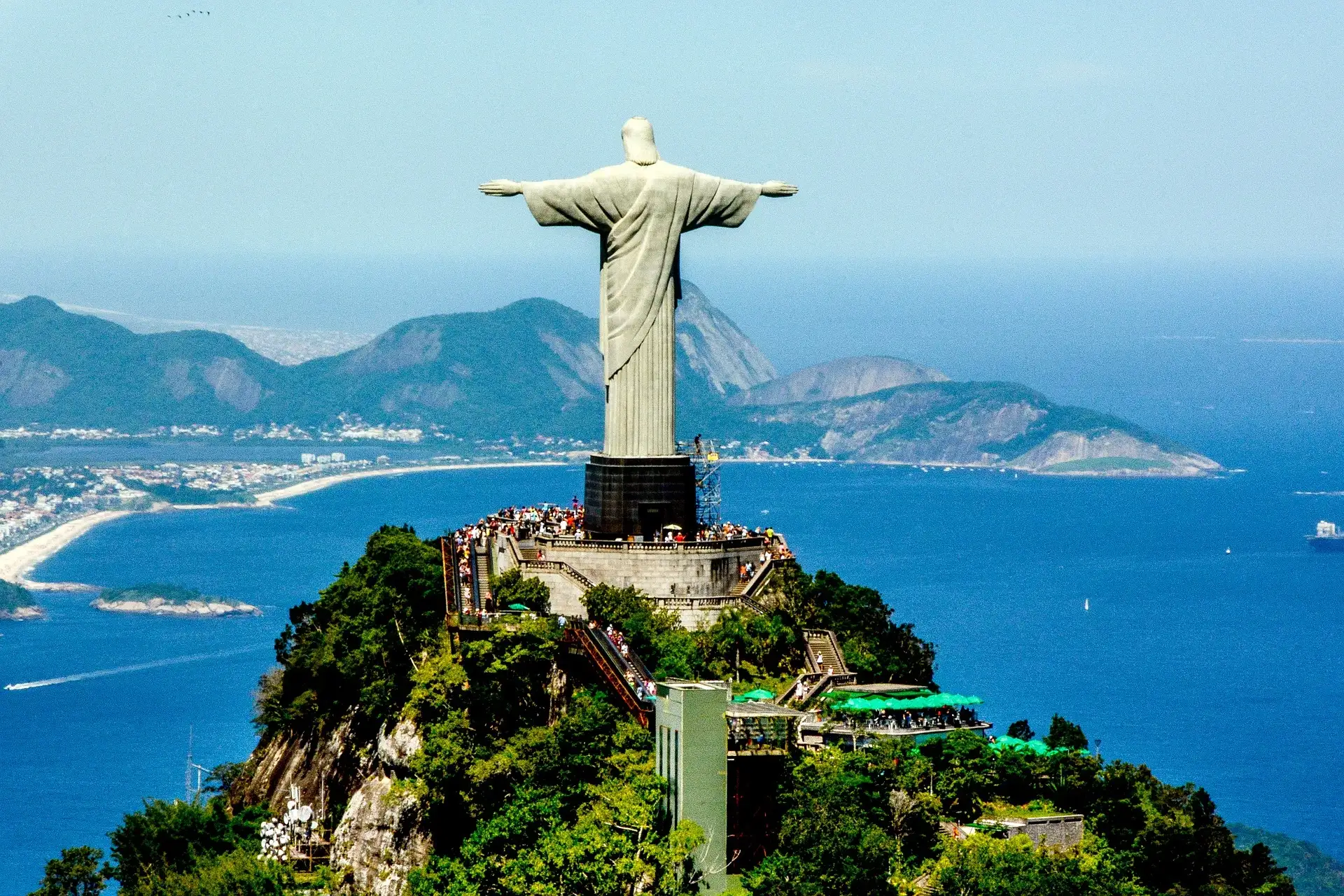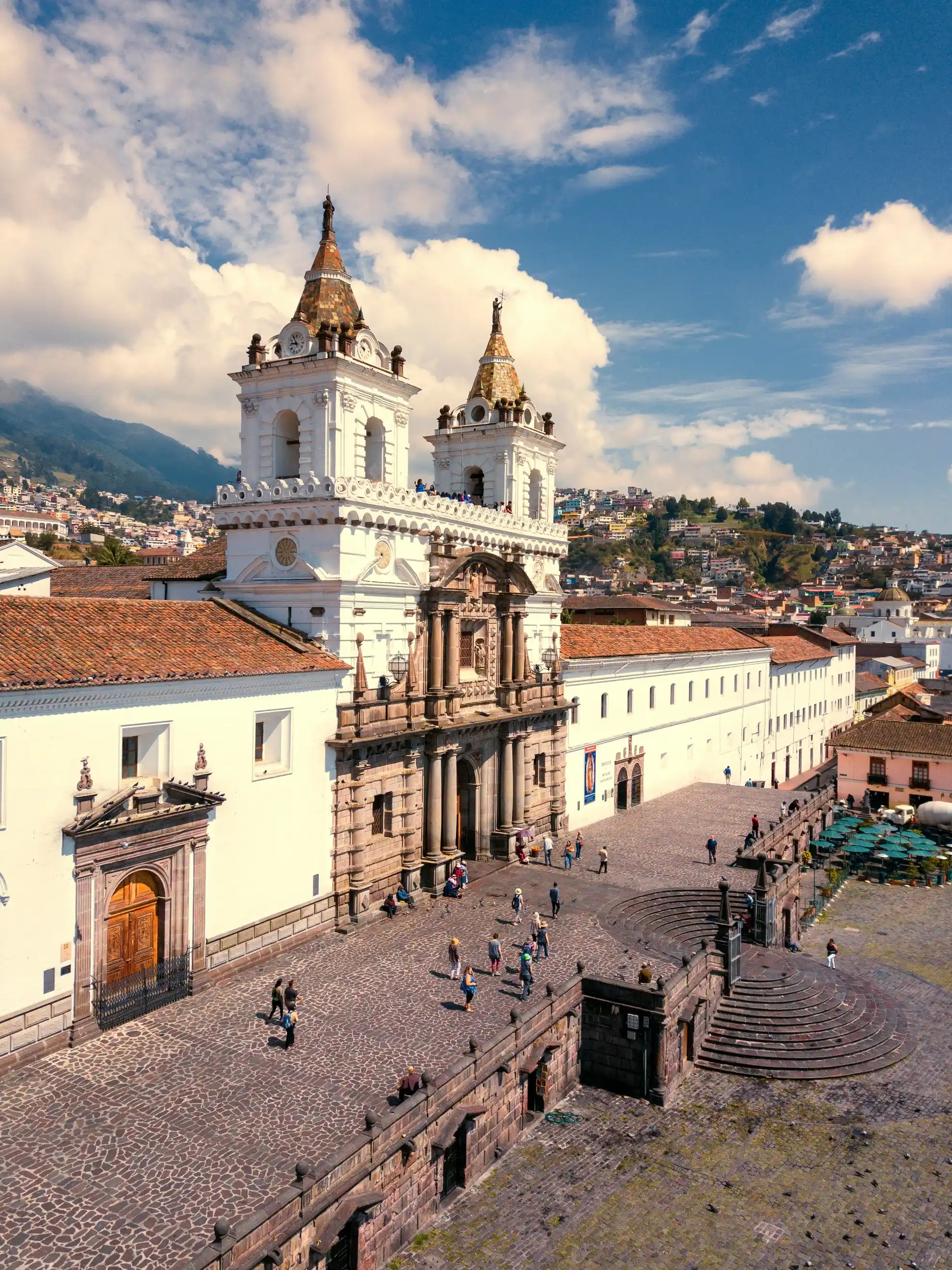eSIM Plans for Travelers to The South America -6 Countries
Unlimited data at kbps after using
Get Connected Instantly Worldwide
Follow our proven 3-step process to enjoy seamless internet connectivity during your travels. Trusted by over 1 million travelers globally.
Ready to Stay Connected Anywhere?
Join millions of satisfied travelers who choose our reliable eSIM solutions for their international connectivity needs.
What You Need to Know About South America -6 Countries Network
Network Coverage
urban area
• Major cities have good 4G network coverage, with 5G services available in some areas.
- São Paulo and Rio de Janeiro (Brazil): 4G high-speed networks in city centers and airports, with 5G gradually being deployed in business districts, and good coverage in major tourist areas.
- Buenos Aires (Argentina): 4G coverage is complete in the core area, 5G pilot in Palermo district, average network speed of 40Mbps, stable signal in the financial district.
- Santiago (Chile): Commercial 5G services in the financial district and airport, full 4G coverage on major urban roads with speeds up to 80Mbps, and 5G penetration exceeding 10%.
- Lima (Peru): Stable 4G coverage in the city center and Jorge Chávez Airport, with internet speeds reaching 35 Mbps in commercial areas, while suburban areas are primarily served by 3G.
- Quito (Ecuador): The old town and airport have full 4G coverage, provided by CNT and Claro, with 5G pilot projects expected to begin by the end of 2024.
- Montevideo (Uruguay): The core area achieves 70% 5G coverage, while suburban areas maintain over 85% 4G coverage, primarily serviced by Antel.
- Curitiba (Brazil): The city center and transportation hubs have full 4G coverage, with 5G networks expanding in commercial areas, and stable internet speeds exceeding 50Mbps.
- Mendoza (Argentina): The main towns in the wine-producing region have stable 4G coverage, with internet speeds reaching 30 Mbps in tourist areas, meeting daily usage needs.
Tourist attractions and suburbs
• The main attractions have basic coverage, but the signal is unstable in remote areas.
- Christ the Redeemer and Sugarloaf Mountain in Rio de Janeiro: The viewing platforms and main roads have good 4G coverage, but the signal weakens in the middle sections of the hiking trails.
- Amazon Rainforest (Brazil/Peru border): Urban areas have basic 4G coverage, but no signal in the deep rainforest. It is recommended to carry satellite communication equipment.
- Machu Picchu (Peru): 4G coverage available at the entrance and main pathways, intermittent signal at higher elevations of the ruins. It is recommended to download offline maps in advance.
- Patagonia (Argentina): The visitor center and Highway 4G have stable signals, but the glacier area has weak coverage. A backup communication plan is needed when venturing deep into the reserve.
- Galapagos Islands (Ecuador): Major island docks have 4G coverage, remote islands offer only 3G service, and there is no signal underwater.
- Uruguay Colonia Historic District: The old town has good 4G coverage, while rural areas experience unstable signals, with some regions only offering 2G service.
- Atacama Desert (Chile): The town of San Pedro has good 4G coverage, but there is no signal in the heart of the desert. It is recommended to download navigation information in advance.
- Iguazu Falls (Brazil/Argentina border): 4G continuous coverage on both sides of the visitor centers, with signal weakening in the middle section of the trail.
- Cusco Ancient City (Peru): The main square and commercial streets have stable 4G signals, while signal attenuation is noticeable inside stone-walled buildings.
- Quito Old Town (Ecuador): The historic district has good 4G coverage, but signals are weak in underground areas and narrow streets.
- Pantanal Wetlands (Brazil): The eco-camp has 3G/4G coverage, while satellite communication support is required for venturing deeper into the reserve.
- Andes Mountains (Peru/Chile): 4G continuous coverage on main highways, signal weakens in high-altitude hiking areas, some viewpoints have only 3G.
Network Usage Tips
Rainforests and remote areas
In remote areas such as the Amazon Rainforest and the Pantanal Wetlands, signal strength is extremely weak or nonexistent, so it is recommended to download offline maps in advance. In rural regions, 4G coverage is only 35%, with an additional 15% of areas offering only 2G service.
High mountain and volcanic regions
The Andes Mountains (Peru, Chile), Mount Chimborazo (Ecuador), and volcanic regions have unstable signals. It is recommended to confirm operator coverage before departure.
Indoor and Historic Buildings
The stone walls and underground areas in the old city can significantly weaken the signal, so it is recommended to use the network near windows or open areas.
Cross-border region
Near border regions (such as the Brazil-Argentina border or Chile-Argentina border), network switching delays may occur. It is recommended to manually select a network in advance.
Electricity supply issue
Unstable power supply in some areas affects base station operations, so it is recommended to download necessary materials at locations with stable electricity, such as hotels or visitor centers. 4G network coverage in South America is expected to reach 94.67% by 2025, but infrastructure disparities result in uneven stability.
Network Congestion Alert
During peak travel seasons (such as Rio Carnival or Machu Picchu's tourist rush), networks around popular attractions may experience congestion. 4G LTE remains the dominant technology, accounting for 74% of all wireless connections, with relatively strained network resources.
Development of 5G Networks
In countries such as Chile and Brazil, 5G already accounts for over 10% of mobile connections, while 5G services are expanding in nations like Argentina and Peru. By 2030, it is projected that 5G will make up nearly 60% of all mobile connections in Latin America.
Battery Consumption Warning
In areas with weak signals, mobile phones continuously search for networks, leading to faster battery consumption. It is recommended to carry a portable charging device. In the third quarter of 2024, 5G connections in South America grew by 19%, but remote regions still primarily rely on 4G networks.
Price Evaluation
In six South American countries, 88% of the population lives within 3G/4G coverage, but there is a significant urban-rural gap (82% 4G coverage in urban areas compared to only 35% in rural areas). Mobile data prices in these six countries are relatively reasonable, with basic urban plans (500MB-2GB/day) sufficient for daily needs, while remote areas are advised to opt for plans exceeding 2GB to ensure uninterrupted usage. According to industry data, 4G network coverage in South America is projected to reach 94.67% by 2025, with 5G connections growing by 19% in Q3 2024, though regional disparities remain evident. In countries like Brazil and Chile, 5G networks are being rapidly deployed, offering users faster connectivity, and 5G is expected to account for nearly 60% of total mobile connections by 2030.
Recommended eSIM packages relevant to you
Enjoy seamless connectivity on your travels. Choose from our diverse global eSIM plans to enhance your next journey.

